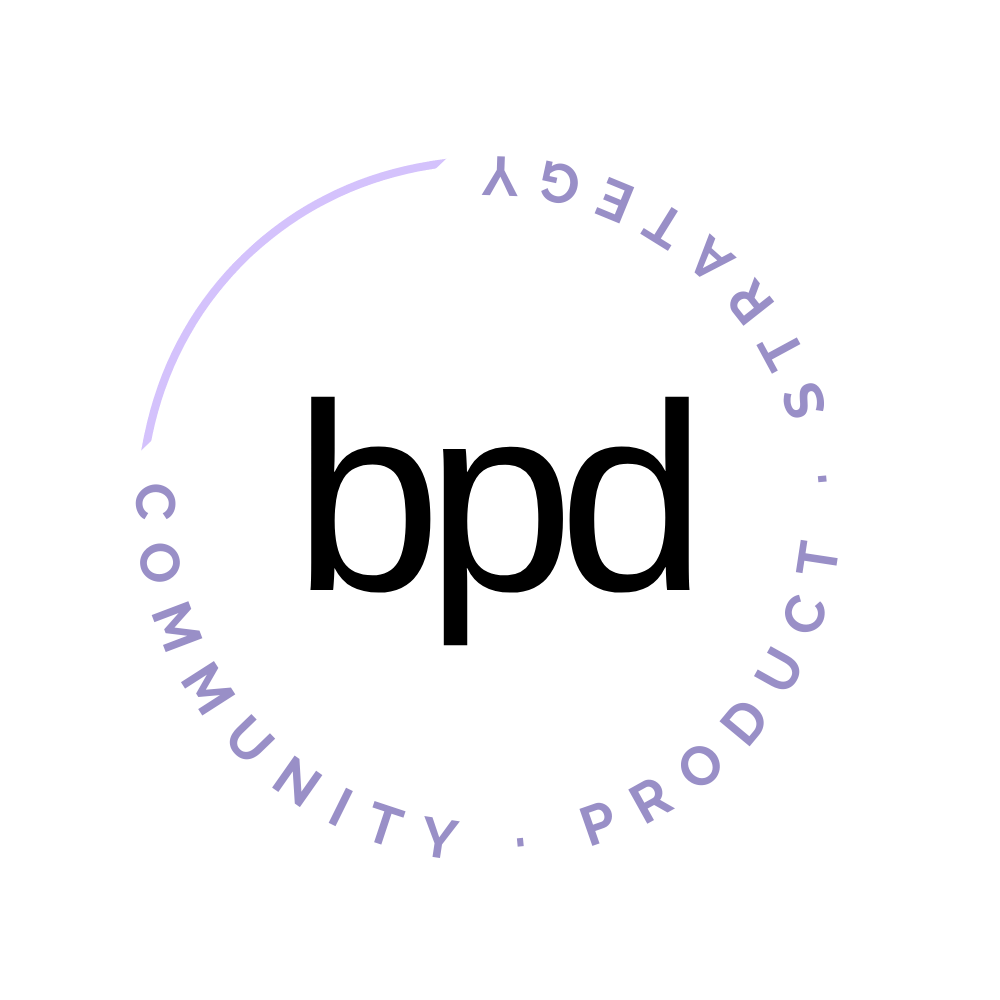#85 Pop-Up Communities
Ever since Hurricane Helene hit North Carolina my husband and I have talked about how we want to help ... not just donate money but we really wanted to provide boots-on-the-ground support.
For context, we are about 8 hours driving distance to Asheville, NC where the flooding washed away entire neighborhoods. I have a lot of family in North Carolina – if you've been reading a while you know we spent 4 weeks in NC in the summer.
We've reached out to friends and family but we haven't been able to find a way to help the way we wanted to... until yesterday.
I went to coffee with my friend Aly, a photographer that does intuitive portraiture 😍, and she told me about how she is supporting a few different local grassroots efforts to help with Hurricane Helene relief. Justin and I are helping her collect and organize donations.
One of the grassroots efforts we're supporting is providing RVs from Seaford, DE (this is near where my parents live) to people in North Carolina that need homes. All they have is the clothes they are wearing so we're putting together RV kits to send with each home. There is a wishlist going on Amazon here if you want to contribute.
We've created a pop-up online community to communicate about donation pick-up locations, how we're using funds, resources like the Amazon wishlist, and to build word-of-mouth support – you can join our WhatsApp Community.
These kinds of grassroots community efforts are the definition of community. But a lot of these projects are run by a small group of individuals and there's opportunity to bridge grassroots efforts and build online community to grow the collective.
In today's issue I want to share how you can use pop-up communities in your business.
Let’s get into it –
Pop-up communities can be used for all kinds of things and can be a huge word-of-mouth driver for your business or project.
When to use a pop-up community:
Programs – any program that is up to 12 weeks could benefit from a community experience. This will give your students a place to ask questions and connect with others.
Challenges – challenges can be free or paid and most commonly from 3-30 days. Accountability is crucial for challenge success and a community experience is a great place to get members to share their daily progress.
Events – when you host an event it can be helpful to keep information in one place and allow event attendees to connect with one another... without creating a massive group chat or conference-level custom app experience.
Grassroots effort (humanitarian, campaigns) – organizing communication in one place is crucial to get the word out and community spaces offer places for volunteers and citizens to connect and offer support.
How do you choose a platform?
In most cases it makes sense to choose a free platform. Here are a few options that I'd recommend:
WhatsApp Communities – personally I prefer these to Telegram because you can thread messages. But Telegram is super popular right now, especially in Europe.
Slack Communities – Free communities on slack are great for challenges because messages disappear after 90 days, so that won't impact the experience.
Facebook – ONLY if your audience really lives on Facebook ... I have had clients where it makes sense but 9/10 times I recommend avoiding Facebook where you have to compete with the algorithm.
I would avoid anything platform that is paid for pop-up communities unless you're running challenges or pop-up experiences within a membership experience.
If you're hosting a pop-up experience within a membership or program experience then it may make sense to use a paid platform.
Here are a couple of examples:
Chenell recently ran a challenge in her newsletter builder community to update your landing page / welcome experience for new subscribers. She used Circle because she created a new space inside of the membership for this. If she wanted to open up this challenge to others, she could make it so people only had access to this space and not the full membership.
I attended Craft + Commerce which is a conference put on by ConvertKit (now Kit) this year and it was sponsored by Mighty Networks so the event pop-up community was built on Mighty. The idea is that people would continue using it... but the community lacked purpose post-event and now it's crickets. But it does house all of the replays which is a nice feature -- although not a fun expense to maintain for your avg business owner.
3 Tips for Pop-Up Communities
Keep it simple – don't over-engineer the interface. In our WhatsApp community for Hurricane relief we have two spaces: announcements that come directly from admins, and a general chat for everything else. I could see a world where we end up having different group chats for different cities but those are the things you add later. Keep it simple in the beginning.
Don't stress about engagement – we don't need a content strategy. Pop-up communities are just meant to provide useful information and connect people that need connecting.
Set expectations – Like any community experience, it's important to share how one should participate. If you're running a challenge, give specific instructions on how to do their daily challenge post.
If you loved this, you can subscribe to the weekly newsletter here for free! I send a bunch of resources & share a bts happenings of my business in the email version.
